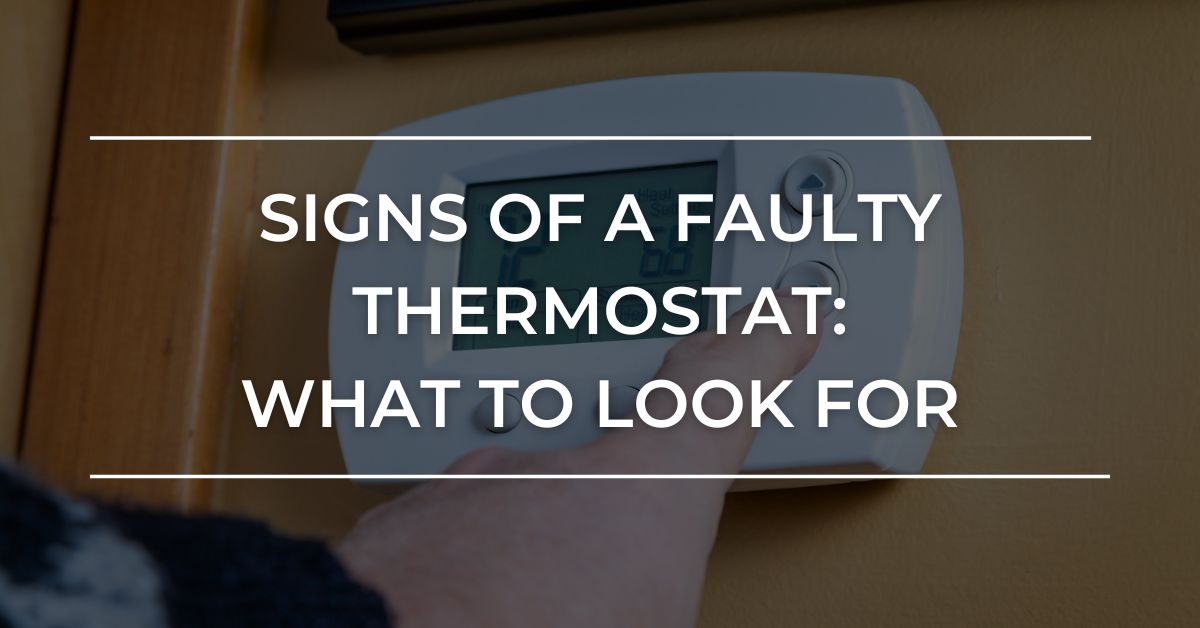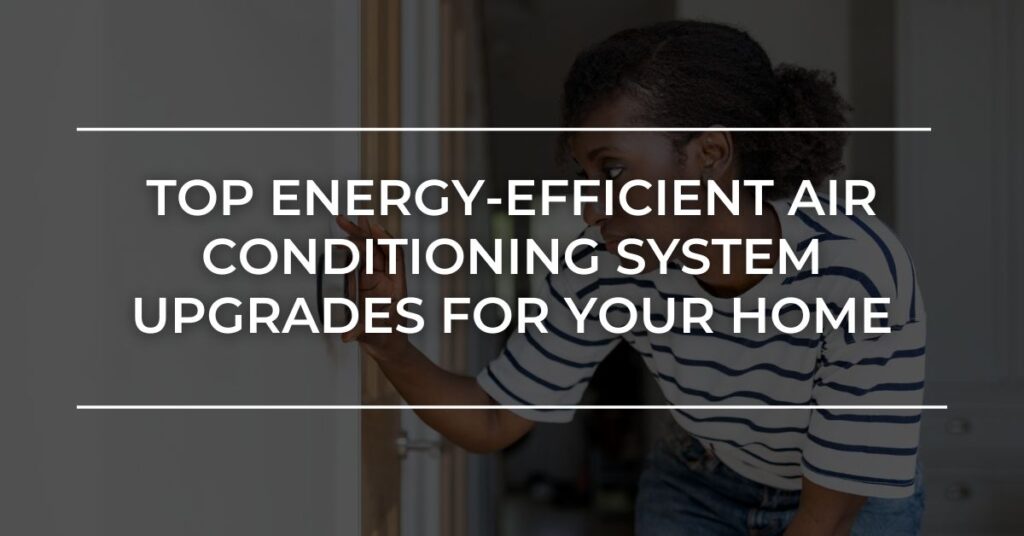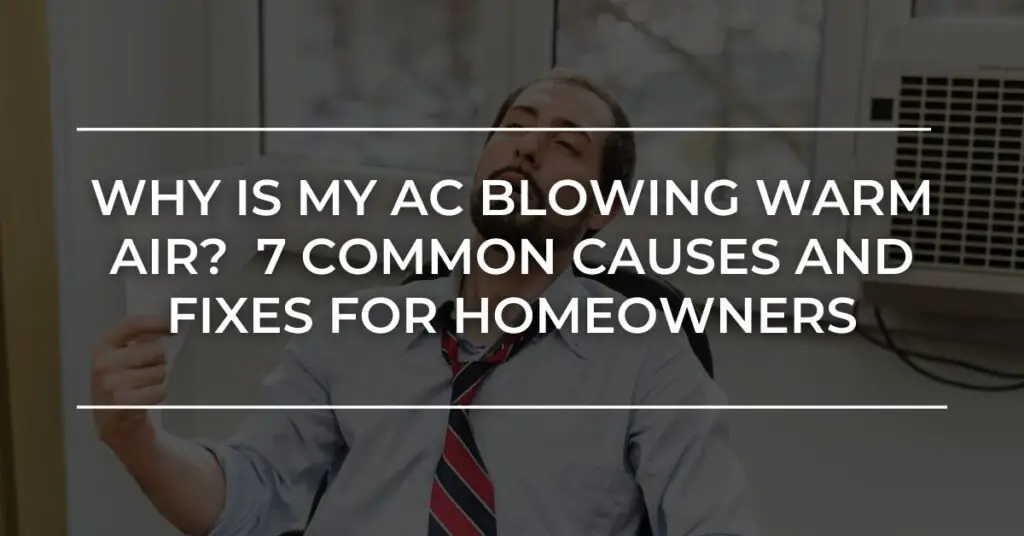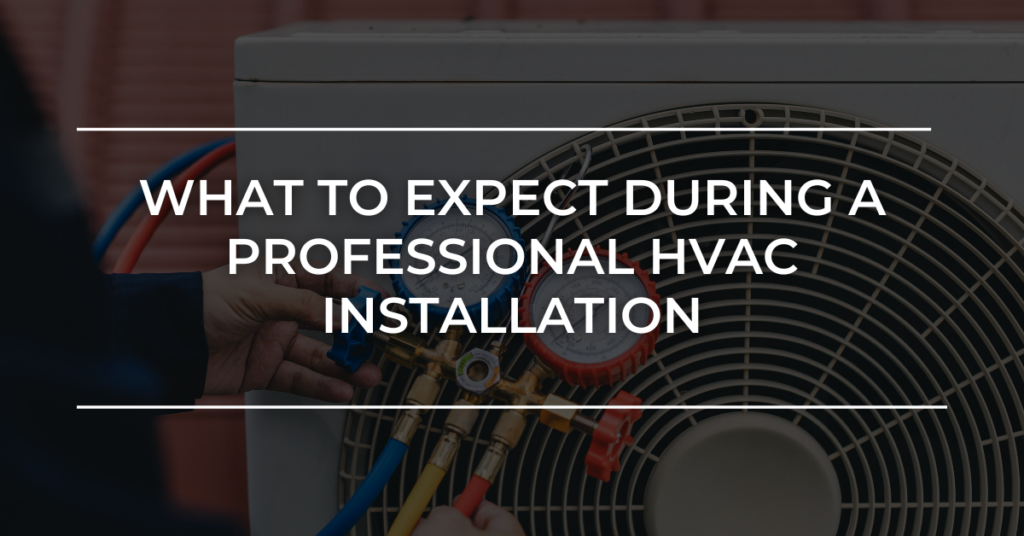
If you’re a homeowner in Jacksonville, Wilmington, Raleigh, Dunn, Pinehurst, or Clayton, NC—or anywhere in between—and you’re experiencing HVAC issues, it could be a faulty thermostat causing trouble. In the world of heating and cooling, your thermostat serves as the unsung hero, quietly regulating the temperature to keep your home cozy year-round. It’s crucial to recognize the signs of a failing thermostat to maintain comfort and prevent minor problems from escalating. Let’s explore the common indicators of a malfunctioning thermostat in homes and provide solutions to get your HVAC system back on track and ensure your space remains comfortable through all seasons.
Top Signs Your Home Has a Faulty Thermostat
- AC or Furnace Won’t Start: Your HVAC should kick on soon after you adjust the thermostat. If it doesn’t, and silence replaces the expected hum of your AC or furnace, it’s a strong indicator of a faulty thermostat.
- HVAC Won’t Shut Off: If your system runs nonstop, it’s not just a nuisance—it could point to a thermostat calibration issue or wiring problems. Simple repairs often resolve this, sparing you the cost of a complete overhaul.
- Unresponsive Thermostat: If the thermostat screen is blank or doesn’t respond to button presses—even with new batteries and a live circuit breaker—it’s time for a closer look to determine if your thermostat is out of commission.
- Short-Cycling HVAC: If your HVAC system frequently turns on and off without completing a full cycle, this short cycling can increase your energy bills and decrease comfort, indicating possible thermostat issues.
- Room Feels Different Than the Thermostat Setting: When there’s a noticeable temperature difference between what your thermostat reads and how your room feels, especially in distant rooms from the HVAC unit, your thermostat might be misreading the actual temperatures.
- Frequent Resets Needed for Programmable Thermostats: A good thermostat maintains its settings. If you find yourself constantly resetting, your thermostat might be failing.
Steps to Fix Thermostat Issues in Your Home
- Check Settings: Always double-check that your thermostat settings are where you want them to be for your comfort.
- Replace Batteries: If you have an electronic thermostat, changing the batteries might be a quick fix to restore its functionality.
- Clean Your Thermostat: Dust and debris can interfere with your thermostat’s mechanics. A gentle cleaning might get things back to normal.
- Secure Wire Connections: Loose wires can cause numerous thermostat problems. Make sure all connections are tight and secure.
- Reset the Circuit Breaker: A tripped circuit can cut power to your thermostat. Resetting the breaker might solve the problem, but if issues continue, it might be time to call in a professional.
Understanding the signs of a faulty thermostat can help you address issues quickly, ensuring your home remains comfortable year-round. If these troubleshooting tips don’t resolve the problem, consider contacting us at Carolina Comfort Air, so we can provide a thorough diagnosis and effective solutions tailored to your home.




